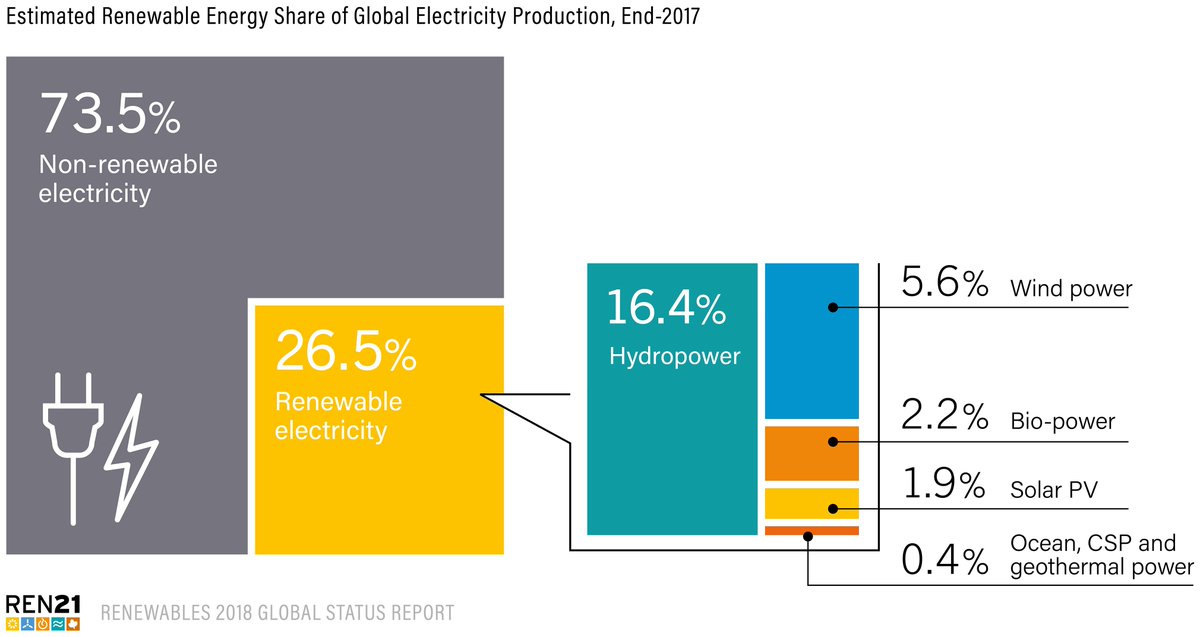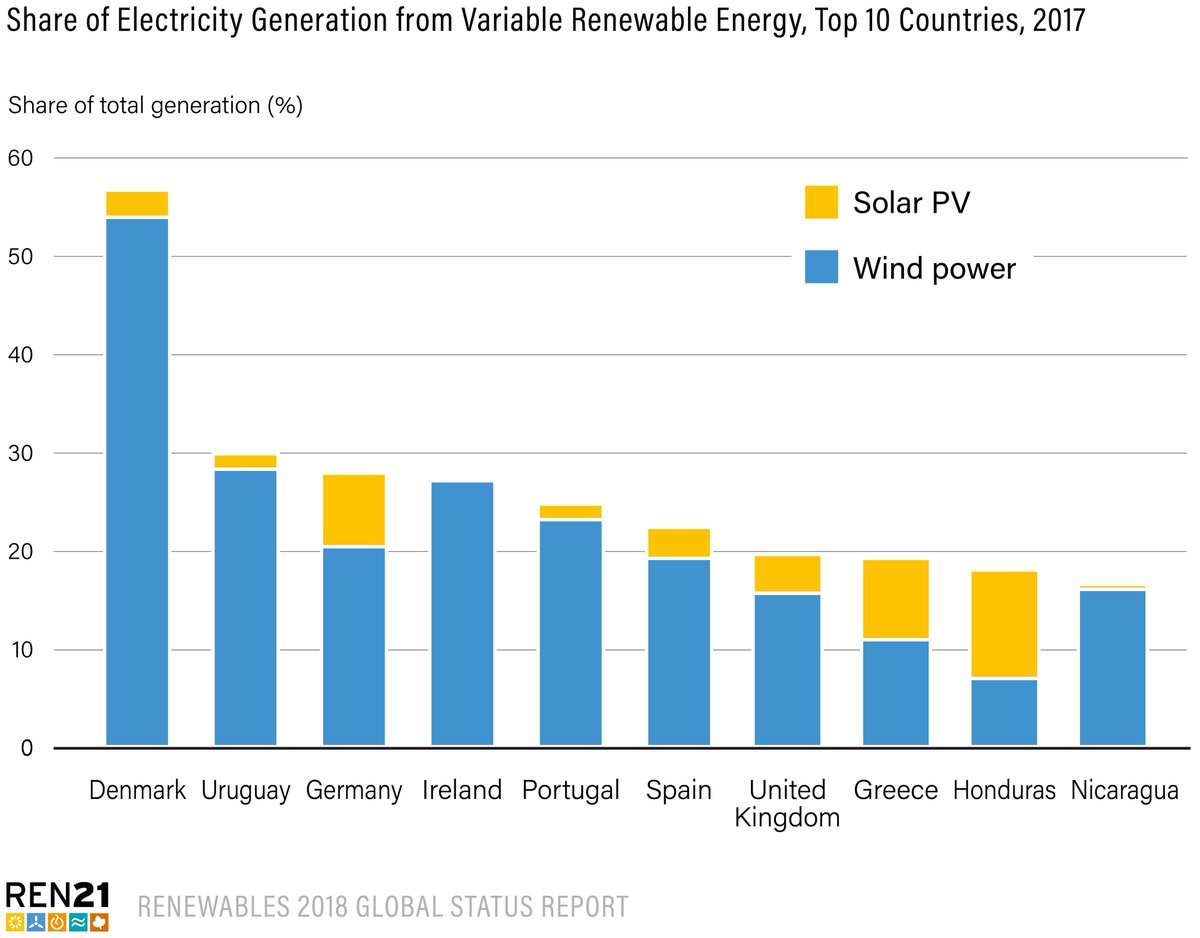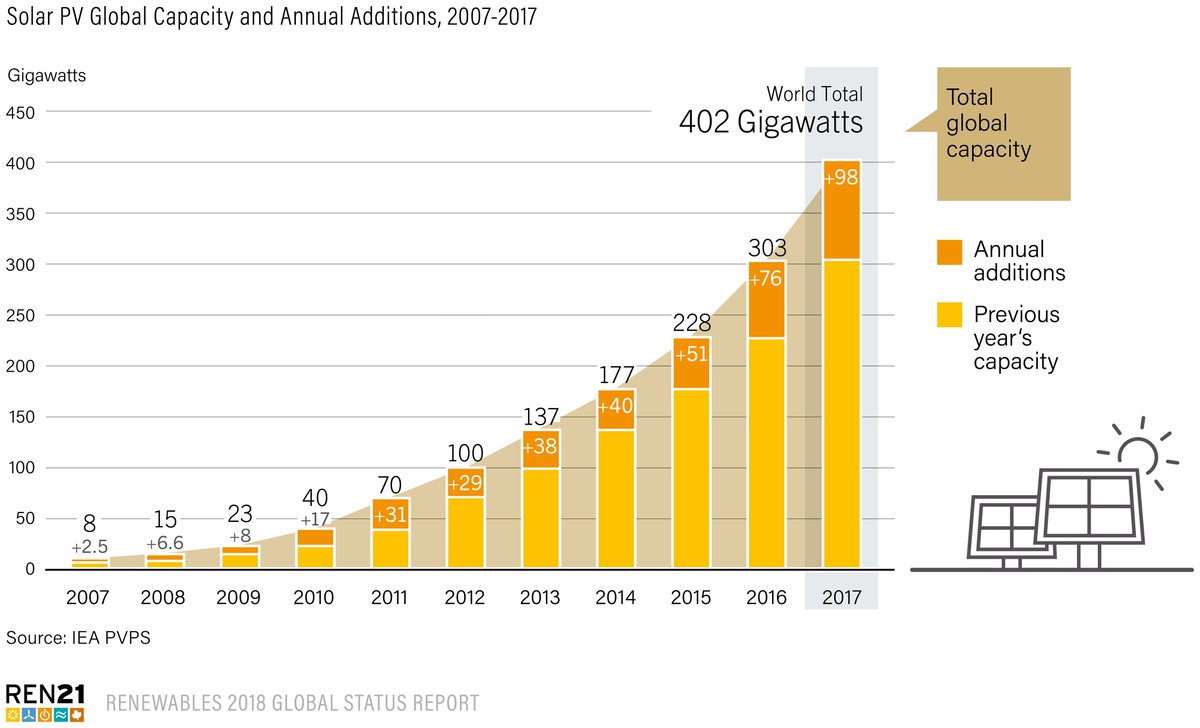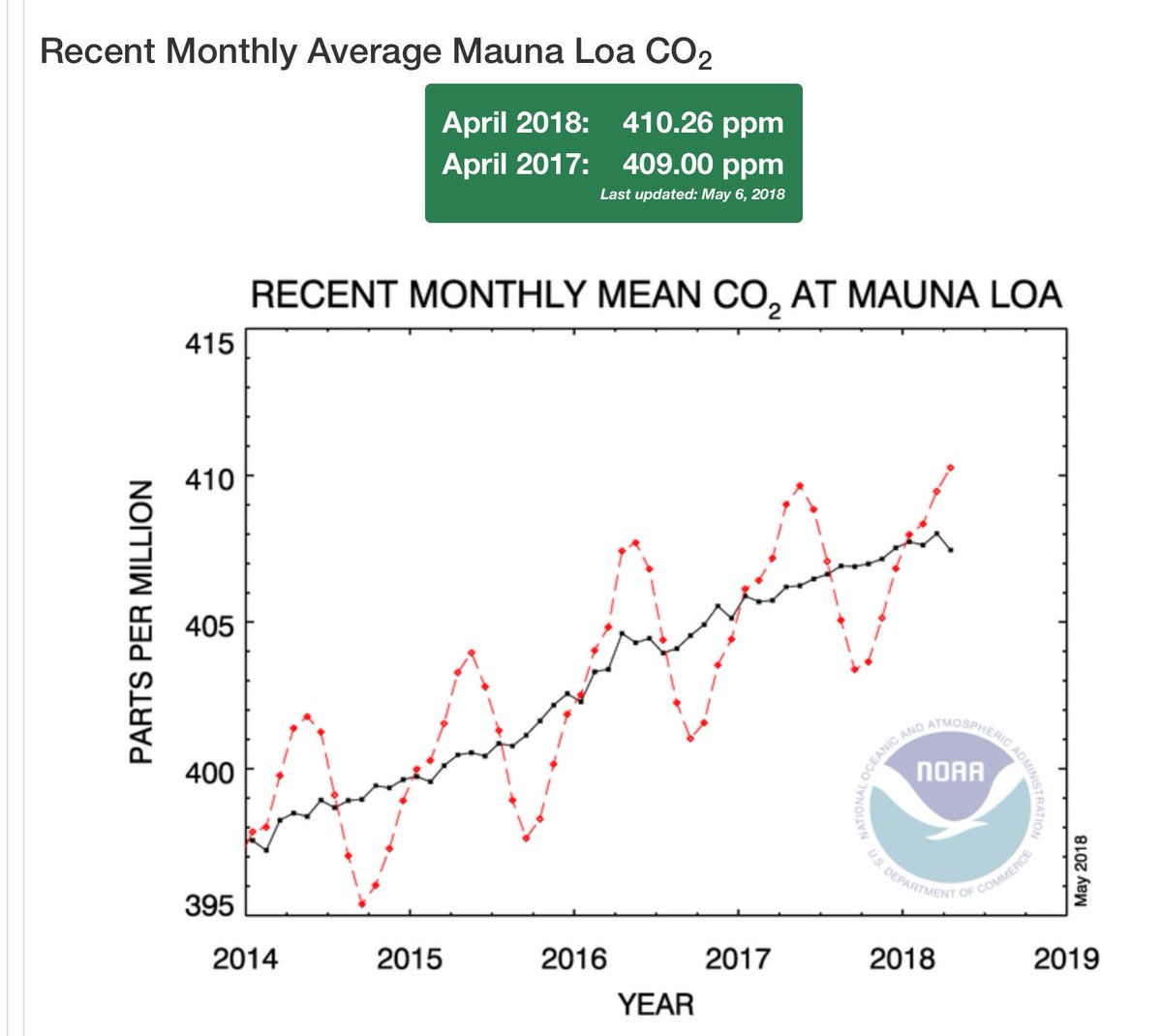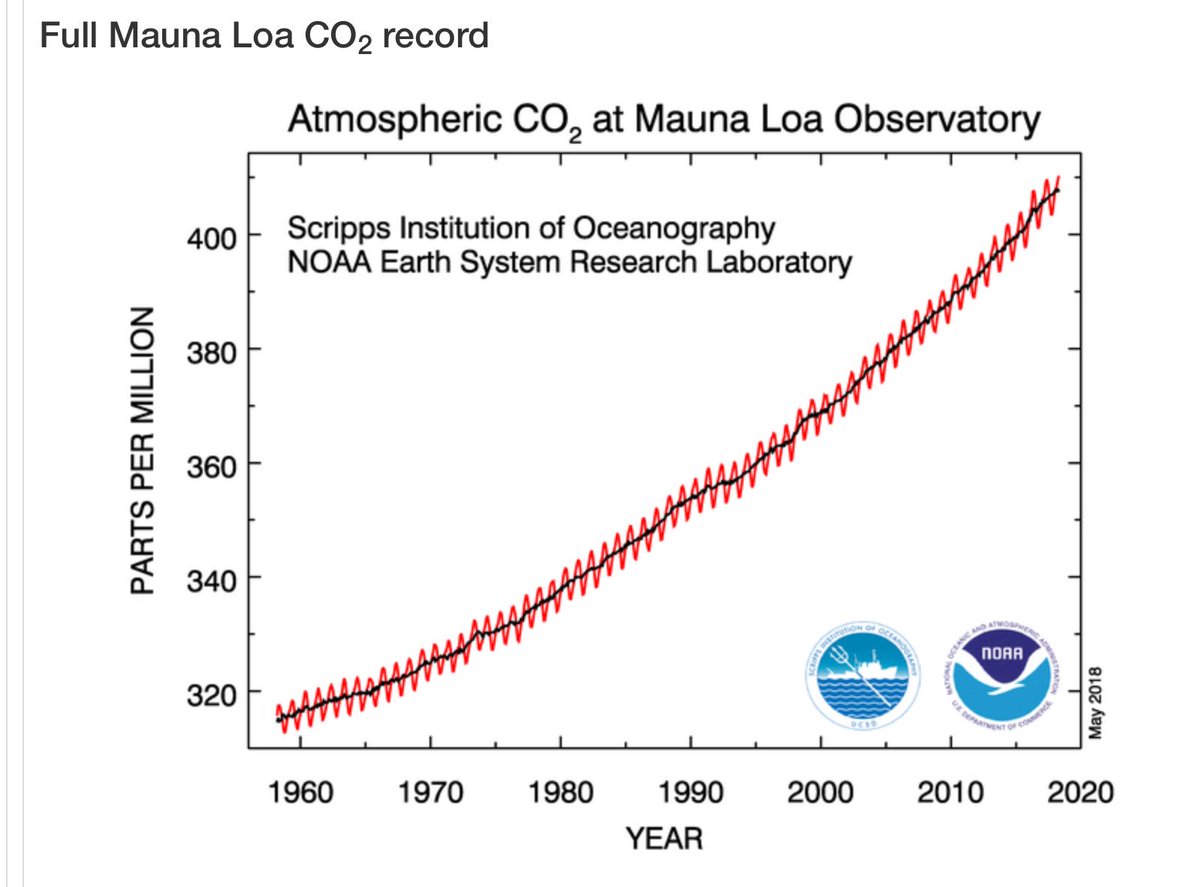This morning (Korean time), @IPCC_CH’s Special Report on keeping global warming below 1.5°C was published. You find its Headline Statements here: report.ipcc.ch/sr15/pdf/sr15_…
Thread:
Thread:
“Global warming is likely to reach 1.5°C between 2030 and 2052 if it continues to increase at the current rate.”
That’s what would probably happen if we keep global emissions flat. It already gives a sense of how fast we should reduce emissons to stay below 1.5°C.
That’s what would probably happen if we keep global emissions flat. It already gives a sense of how fast we should reduce emissons to stay below 1.5°C.
Even global warming of 1.5°C would result in more hot temperature extremes in most inhabited regions, heavier precipitation in several regions, drought and precipiation deficits in some regions. But less so than 2°C.
“By 2100, global mean sea level rise is projected to be around 0.1 metre lower with global warming of 1.5°C compared to 2°C.”
A relatively small, but meaningful difference in terms of human and ecological adaptation. I'd expect a much larger difference over (more) time.
A relatively small, but meaningful difference in terms of human and ecological adaptation. I'd expect a much larger difference over (more) time.
“Limiting global warming to 1.5°C is projected to reduce risks to marine biodiversity, fisheries, and ecosystems, and their functions and services to humans, as illustrated by recent changes to Arctic sea ice and warm water coral reef ecosystems"
“Climate-related risks to health, livelihoods, food security, water supply, human security, and economic growth are projected to increase with global warming of 1.5°C and increase further with 2°C.”
“In model pathways with no or limited overshoot of 1.5°C, global net anthropogenic CO2 emissions decline by about 45% from 2010 levels by 2030.”
Meaning we need to reduce global CO2 emissions by 45% from *2010* levels, within 12 years from now, to keep global warming below 1.5°C.
Meaning we need to reduce global CO2 emissions by 45% from *2010* levels, within 12 years from now, to keep global warming below 1.5°C.
And since global CO2 emissions still went up since 2010 (by about 10%), that means we'll need to halve global CO2 emissions between now and 2030, to keep global warming below 1.5°C! In index values:
2010 = 100
2017 = 110
2030 = 55
2010 = 100
2017 = 110
2030 = 55

“Pathways limiting global warming to 1.5°C with no or limited overshoot would require rapid and far-reaching transitions in energy, land, urban and infrastructure (including transport and buildings), and industrial systems.”
“These systems transitions are unprecedented in terms of scale, but not necessarily in terms of speed, and imply deep emissions reductions in all sectors, a wide portfolio of mitigation options and a significant upscaling of investments in those options.”
“All pathways that limit global warming to 1.5°C with limited or no overshoot project the use of carbon dioxide removal (CDR) on the order of 100–1000 GtCO2 over the 21st century.”
Sometimes called negative emissions. Needed on top of those strong emission reductions.
Sometimes called negative emissions. Needed on top of those strong emission reductions.
In keeping global warming below 1.5°C, “Avoiding overshoot and reliance on future largescale deployment of carbon dioxide removal (CDR) can only be achieved if global CO2 emissions start to decline well before 2030.”
“Mitigation options consistent with 1.5°C pathways [have] multiple synergies and trade-offs across the Sustainable Development Goals (SDGs).The total number of possible synergies exceeds the number of trade-offs.”
That’s those measures with multiple benefits we should aim for.
That’s those measures with multiple benefits we should aim for.
“Strengthening the capacities for climate action of national and sub-national authorities, civil society, the private sector, indigenous peoples and local communities can support the implementation of ambitious actions implied by limiting global warming to 1.5°C.”
“International cooperation can provide an enabling environment for this to be achieved in all countries and for all people, in the context of sustainable development. International cooperation is a critical enabler for developing countries and vulnerable regions.”
That concludes my thread on the Headline Statements of @IPCC_CH’s #SR15 report on #1o5C. You can find the Summary for Policy Makers here: report.ipcc.ch/sr15/pdf/sr15_…, and the various chapters of the report itself here: ipcc.ch/report/sr15/
Essential stuff for our common future!
Essential stuff for our common future!
• • •
Missing some Tweet in this thread? You can try to
force a refresh





